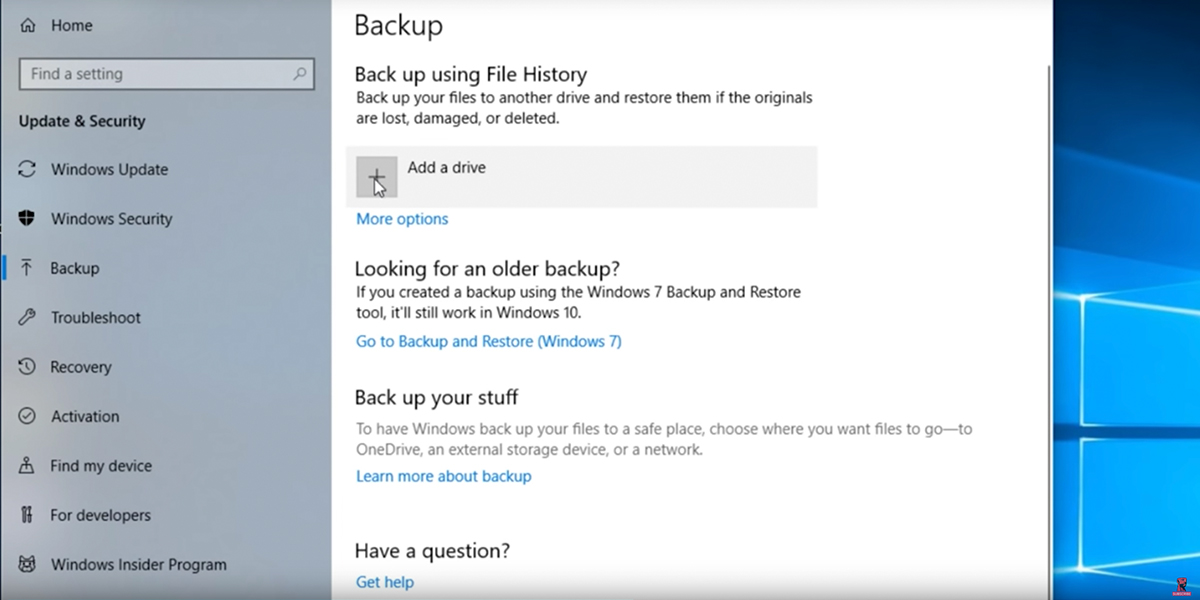

In Windows 10 (like Windows 8/8.1), you can divide your live tiles into different categories. It'll feel very familiar to iPhone ( $499 at Apple) owners who pride themselves on their neat and orderly collection of app folders, though there's no jiggling involved. Just drag on tile on top of another tile to create a folder of like-minded tiles. As with the thumbnails littering your desktop, you can organize Start menu tiles into folders. Create Start menu foldersĮven with an extra-wide Start menu, it can start to feel cluttered if you have added a bunch of tiles to it. If your Start menu is starting to feel crowded, you can make it wider by going to Settings > Personalization > Start and toggling on Show more tiles. Here, you can toggle on/off the following icons: File Explorer, Settings, Documents, Downloads, Music, Pictures, Videos, HomeGroup, Network and Personal folder. You can customize the icons that appear by opening the Settings menu and going to Personalization > Start > Choose which folders appear on Start. The far-left panel of the Start menu can have a minimum of two icons (your account icon and the power options icon) and a maximum of 12 icons.

Now that you know the lay of the Start menu land, let's get to the ways in which you can customize it.

Quickly, let's break down how the Start menu is organized.
MAKE WINDOWS 10 LOOK LIKE MAC D HOW TO
(If you've been holding out on updating your computer, you can still learn how to download Windows 10 free here.) With a bit of customization, you can form the Start menu into something useful. You can easily customize the Windows 10 Start menu.Īre you unimpressed with the Windows 10 ( $148 at Amazon) Start menu? If you have yet to embrace its colorful tiles and menus, then you're missing out, especially if you have a Windows tablet or touchscreen laptop.


 0 kommentar(er)
0 kommentar(er)
